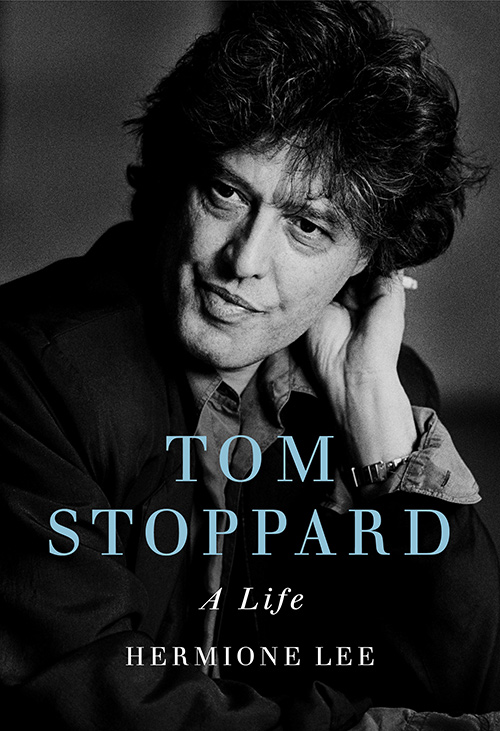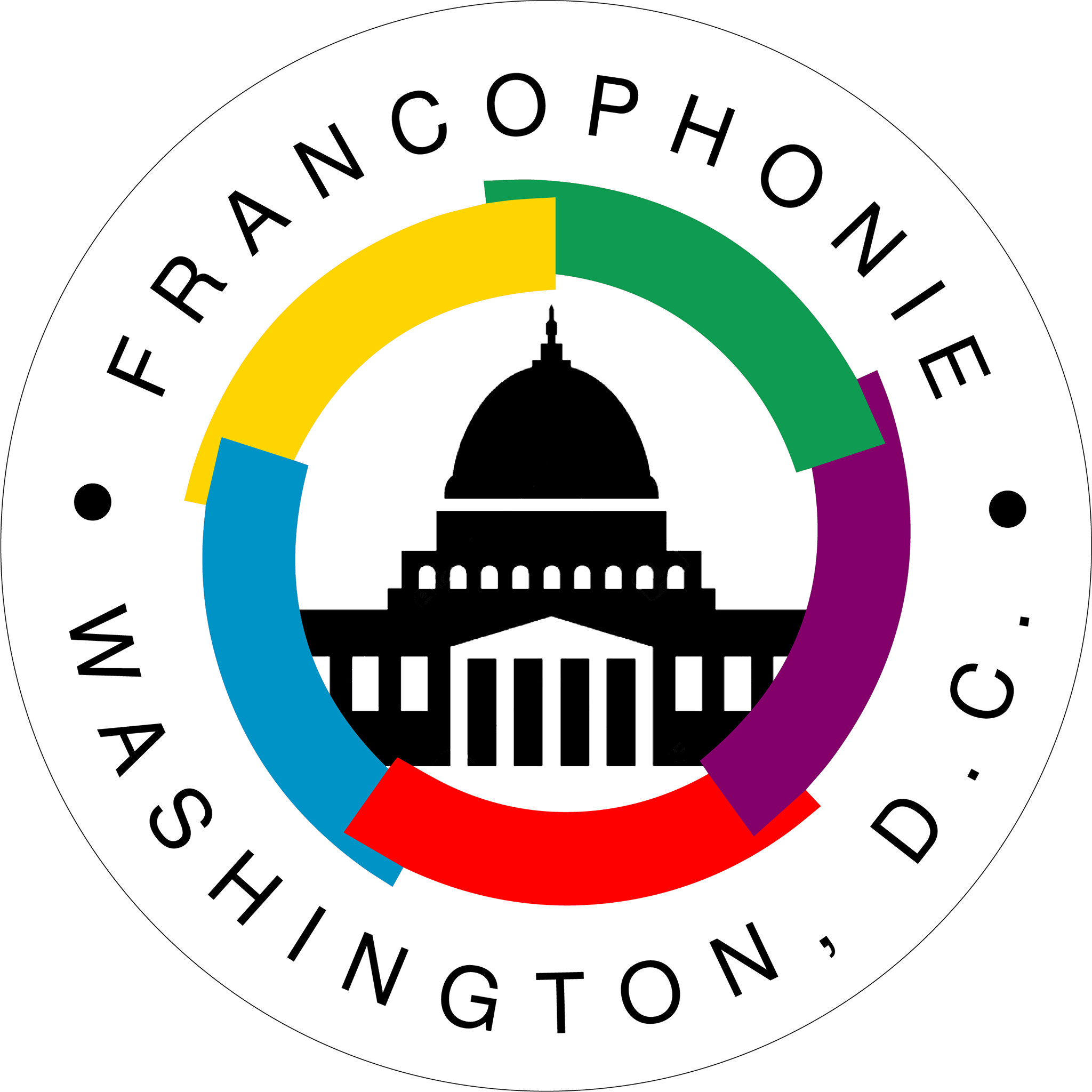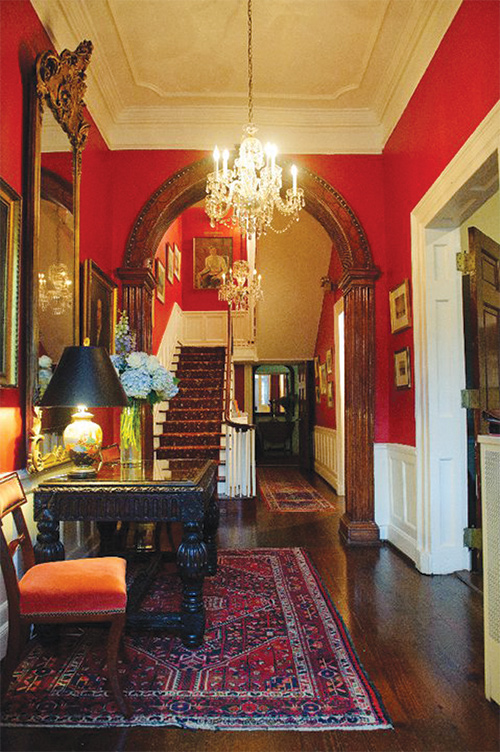The worlds of dramatists, artists, music-makers, and writers are in spotlight this week, as well as a celebration of the diversity and cultural richness of the world of French speakers.
They're among the offerings designed to make sure you continue to enjoy what you,ve come to value from Smithsonian Associates: programs and experiences that are entertaining, informative, eclectic, and insightful.
The Invention of Tom Stoppard

When in 2013 playwright Tom Stoppard surprised Hermione Lee by asking her to write his biography, she responded "Why me?" Stoppard's comeback, "Because I want it to be read," confirmed that he considered her (to poach the title of one of his plays) the real thing. The acclaimed British biographer of Virginia Woolf, Willa Cather, Edith Wharton, and other literary greats took up the challenge, and last fall Tom Stoppard: A Life, was published.
From her home in London, Lee takes part in a Thursday, March 4 Smithsonian Associates Streaming program to discuss how she captured the creative and personal life of one of the greatest living playwrights by drawing on a wealth of new materials and her many conversations with Stoppard. She's joined in conversation with a longtime Stoppard collaborator-the San Francisco-based director, writer, and producer Carey Perloff-for a fascinating examination of Stoppard's work and a look at the life of the remarkable man whose dazzling plays including Rosencrantz and Guildenstern Are Dead, Arcadia, The Coast of Utopia, and The Invention of Love helped define the theatre of the 20th century.
Lee's own life as a writer is a fascinating one as well, and a recent New York Times interview provides a glimpse into it.
Read the Interview
Register for the Program
French Accents

Smithsonian Associates is a longtime partner of the D.C. Francophonie Cultural Festival, an annual celebration of the diversity and richness of the French language and Francophone communities around the world-from Africa to the Americas, Europe to the Middle East. Now in its 20th year, the festival's month of cultural events and outreach programs for all ages is a virtual one this March, with offerings focused on music, cuisine, literature, and language. There's a merveilleux array of Smithsonian Associates Streaming programs on its calendar.
Join an art historian to examine Matisse's sensual and motion-infused canvases, as well as his more cerebral cubist works, in depth (Wednesday, March 10). Take a virtual stroll through Marrakech's Majorelle Gardens, the stunning retreat of a French painter (Sunday, March 14). Revel in the color, whimsy, and dream-like imagery of the art Marc Chagall created during his years in France (Friday, March 19). Take an evocative journey along the River Seine to find its reflections in history, art, film, music, and literature (Thursday, March 25). And cook along with Montreal chef Dominic Sylvain as he demonstrates how to make one of Quebec's most iconic dishes, pâté chinois-a Canadian spin on shepherd's pie (Thursday, March 25).
View the Francophonie schedule
For the Love of Music

On March 10, 2020, the Smithsonian Boomers Chorus performed in a concert titled "Legends of Song" at the Hirshhorn Museum's Ring Auditorium. It was one of several the ensemble had presented under the direction of its conductor Ernest Johnson. But this night of music turned out to be different: Within a week, the world would change and choral voices everywhere would become silent. A brief video that captures the performers, conductor, and audience members that evening takes on a deeper meaning nearly a year later as they attest to some of the things that even a pandemic can't alter: the enduring power of music and the joy of a community of devoted singers. You can be sure these Boomers will raise their voices again.
If you've always wanted to learn the language and elements of musical notation and composition, or are a singer or instrumentalist who has never mastered reading music, an interactive Smithsonian Associates Streaming course in music theory led by Ernest Johnson offers the perfect opportunity. Geared to participants 55 and older, the conductor guides exercises and assignments designed to develop the foundation every musician needs: the aural and visual understanding of pitch and rhythm. The nine-session course begins on Tuesday, April 13, and concludes with a June 1 performance.
Watch the Video
Register for the Program
Tuning Into a Golden Age

One of the key reasons that the 1950s is recalled as the golden age of television is that it brought audiences original live dramas each week. Anthology shows such as "Kraft Television Theater," "Playhouse 90," and "Goodyear Television Playhouse" launched the careers of soon-to-be famous directors like Arthur Penn and John Frankenheimer, actors like Paul Newman and James Dean, and playwrights like Paddy Chayevsky and Rod Serling. But by the end of the decade, the era of live television theater was over. So, too, was New York City as a center of TV production. In a Wednesday, March 17 Smithsonian Associates Streaming program, Brian Rose, a professor emeritus at Fordham University, explores the forces that made this rich creative period such an intriguing chapter in television history and the reasons it was so short-lived, including blacklisting and quiz-show scandals.
What we know as distance learning has its roots in a groundbreaking 1950s television program. Launched in 1957 as a collaboration between WCBS-TV and New York University, "Sunrise Semester" broadcast daily 6:30 a.m. lectures by faculty members in a variety of courses for which participants could receive optional academic credit. Its first week drew 74,000 early-rising viewers and 177 enrolled students, and Variety pronounced the experiment in home learning "the first unquestioned hit show of the 1957 season." Smithsonian magazine considers the educational and cultural impact of the series' 25-year run.
Read the Article
Register for the Program
Artists in a President's House
 Entry hall of the Arts Club (Photo: Alexander Morozov)
Entry hall of the Arts Club (Photo: Alexander Morozov)
The Arts Club of Washington has been shaking up the cultural scene in D.C. since 1916. Established as a forward-minded alternative to the city's staid men's clubs, its bohemian members thumbed their noses at the social restrictions of the day: Women artists had leading roles among its founders and charter members. And ever since, this private club with a public mission to foster the arts in the nation's capital has welcomed painters, poets, sculptors, composers, musicians, architects, writers, dancers, and arts lovers of all kinds.
In a Wednesday, March 10 Smithsonian Associates Streaming program, the club's historian and archivist Martin Murray offers an illustrated overview of the architecture and history of the elegant Federal-era clubhouse just a few blocks from the White House-a National Historic Landmark that once served as the official presidential residence of James Monroe-and a lively history of how Arts Club members helped shape Washington's cultural landscape past and present.
One of those members was Nina Allender, a painter-turned-cartoonist whose work for the Congressional Union for Woman Suffrage's flagship publication The Suffragist was instrumental in building public support for the 19th Amendment. In her depictions of the "Allender Girl," she created a powerful image of a youthful, energetic, intelligent young woman ready to take her place in American political life-and shake up Washington in her own way. View some examples of Allender's suffragist art in a C-SPAN video clip.
Watch the Video
Register for the Program